Container Broccoli Gardening: Your Guide to a Bountiful Harvest
Container broccoli gardening is easier than you think! I’ve always loved the satisfying crunch of homegrown broccoli, but space has often been a limiting factor. That’s why I’m so excited to share my tips and tricks for successfully growing this delicious vegetable, even if you only have a balcony or a small patio. Forget the image of sprawling farmlands; with a little know-how, you can enjoy fresh, flavorful broccoli all season long, right from your own doorstep.
The history of broccoli cultivation is fascinating, tracing back thousands of years to the Mediterranean region. It’s a testament to human ingenuity that we’ve been able to cultivate and improve this nutritious vegetable over centuries. But even with its long history, many people still struggle to grow broccoli successfully. This is where container broccoli gardening comes in as a game-changer.
Why bother with this DIY approach? Well, for starters, it solves the problem of limited space. Whether you live in an apartment, have a small yard, or simply want to maximize your growing area, container broccoli gardening offers unparalleled flexibility. You’re in complete control of the soil quality, watering schedule, and pest management, leading to healthier plants and a higher yield. Plus, there’s an undeniable satisfaction in harvesting your own broccoli, knowing exactly where it came from and how it was grown.
In this article, I’ll walk you through everything you need to know, from selecting the right container and soil to dealing with common pests and harvesting your delicious crop. Get ready to transform your outdoor space into a thriving broccoli patch!
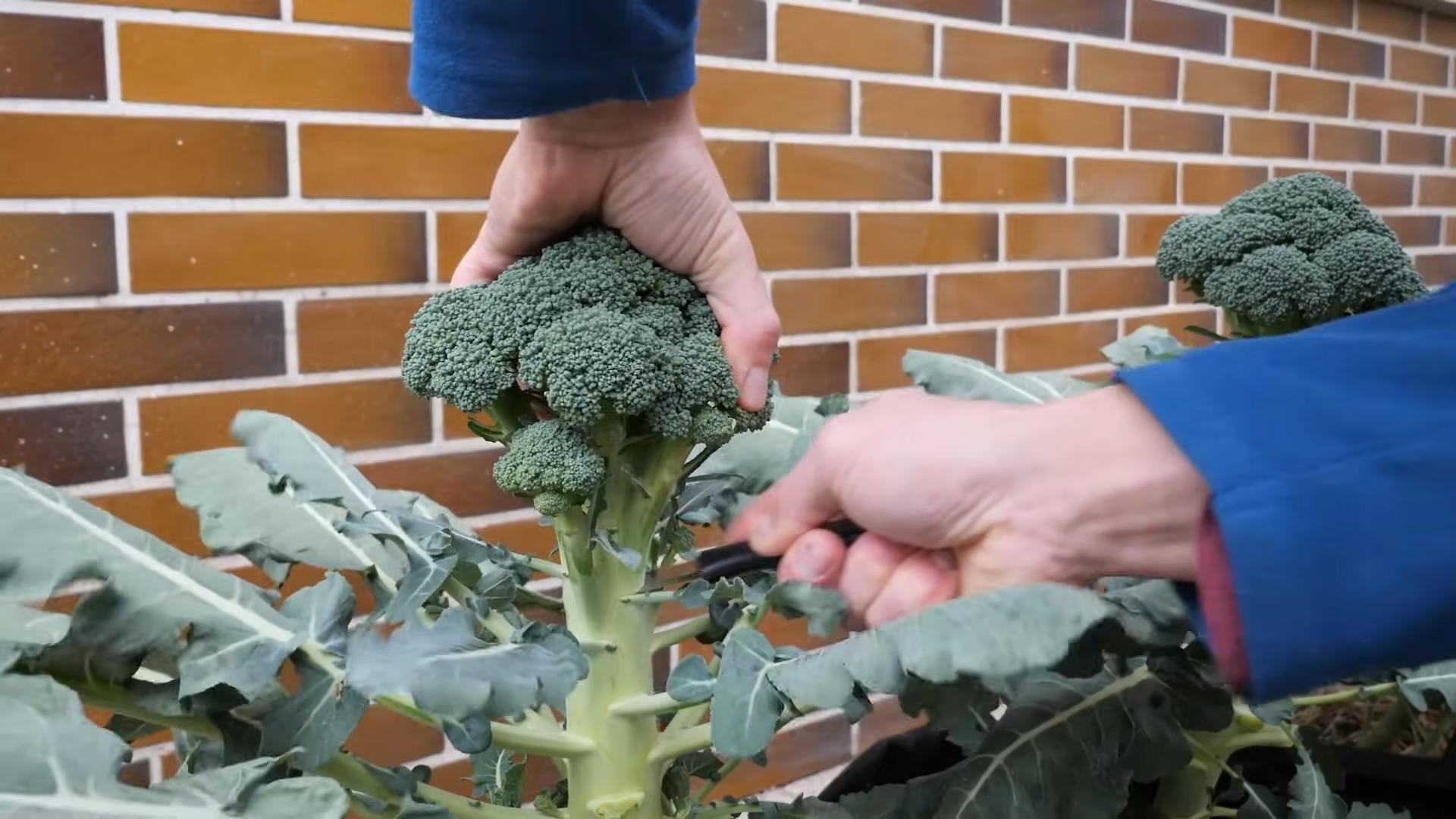
Container Broccoli Gardening: A Step-by-Step Guide
Growing broccoli in containers is a fantastic way to enjoy this delicious vegetable even if you have limited space. Here’s how I tackled it, and how you can too!
Choosing Your Container and Location
- Container Size: Broccoli needs a good amount of space for its roots to develop. Aim for at least a 10-gallon container, but larger is better (15-20 gallons is ideal). A bigger container means less frequent watering.
- Container Material: Plastic, wood, or even a large terracotta pot will work. Just make sure it has drainage holes to prevent root rot. I prefer plastic because it’s lightweight and less prone to cracking.
- Drainage: This is crucial. Poor drainage is a recipe for disaster. If your container doesn’t have drainage holes, drill some yourself. I used a 1-inch drill bit for my plastic containers.
- Sunlight: Broccoli needs at least 6 hours of direct sunlight per day. Choose a sunny spot on your patio, deck, or balcony. Observe your chosen location throughout the day to ensure it receives sufficient sunlight.
- Accessibility: You’ll need to water and harvest your broccoli regularly, so choose a location that’s easily accessible.
Preparing the Soil
- Choose the Right Soil: Use a high-quality potting mix specifically designed for vegetables. Avoid using garden soil directly from your yard, as it can be too heavy and compact for container gardening. I found a great organic blend at my local garden center.
- Amend the Soil (Optional): While a good potting mix should provide sufficient nutrients, you can further enhance it by adding some compost or aged manure. This will improve drainage and provide extra nutrients for your broccoli plants.
- Fill the Container: Fill your chosen container with the potting mix, leaving about an inch of space from the top to allow for watering. Don’t pack the soil down too tightly; you want it to be loose and airy.
Planting Your Broccoli
- Start from Seed or Seedlings: You can start broccoli from seed indoors 6-8 weeks before the last expected frost, or you can buy seedlings from a garden center. Seedlings are easier for beginners.
- Planting Seedlings: If using seedlings, gently remove them from their containers, being careful not to damage the roots. Plant them at the same depth they were growing in their original containers. Space them according to the variety’s instructions; usually, 12-18 inches apart is recommended.
- Planting Seeds: If starting from seed, sow them about ¼ inch deep and 1 inch apart. Thin the seedlings to the recommended spacing once they have a few true leaves.
- Water Thoroughly: After planting, water the soil gently but thoroughly to settle it around the roots. Avoid overwatering, which can lead to root rot.
Ongoing Care and Maintenance
- Watering: Water regularly, keeping the soil consistently moist but not soggy. The frequency will depend on the weather and the size of your container. Check the soil moisture daily, especially during hot and dry periods. I usually water deeply once or twice a day during hot spells.
- Fertilizing: Broccoli is a heavy feeder. Start fertilizing about 2-3 weeks after planting using a balanced liquid fertilizer diluted to half strength. Follow the instructions on the fertilizer packaging. I fertilize every 2 weeks throughout the growing season.
- Pest and Disease Control: Regularly inspect your plants for pests like aphids or caterpillars. Treat any infestations promptly using an appropriate organic insecticide or by handpicking the pests. Good air circulation can help prevent fungal diseases.
- Supporting the Plants (Optional): As your broccoli plants grow, they may need support, especially if they are tall varieties. You can use stakes or cages to prevent them from flopping over.
- Harvesting: Harvest your broccoli when the heads are firm and dark green. Cut the heads with a sharp knife, leaving about an inch of stem attached. You can also harvest the smaller side shoots that develop after the main head is harvested.
Troubleshooting Common Problems
Yellowing Leaves:
Yellowing leaves can indicate several problems, including nutrient deficiencies, overwatering, or underwatering. Check your watering schedule and consider adding fertilizer if needed.
Leggy Plants:
Leggy plants are often a result of insufficient sunlight. Make sure your container is in a location that receives at least 6 hours of direct sunlight per day.
Pest Infestations:
Regularly inspect your plants for pests. Early detection and treatment are crucial to prevent widespread damage. Consider using organic pest control methods.
Flowering Too Early:
Broccoli can bolt (flower prematurely) if it experiences stress, such as extreme heat or drought. Ensure consistent watering and provide some shade during the hottest part of the day.
Root Rot:
Root rot is a common problem in container gardening caused by overwatering and poor drainage. Make sure your container has adequate drainage holes and avoid overwatering.
Extending Your Harvest
To extend your broccoli harvest, you can try succession planting. This involves planting new seeds or seedlings every few weeks to ensure a continuous supply of broccoli throughout the growing season. You can also harvest the smaller side shoots that develop after the main head is harvested. These side shoots are often just as delicious as the main head.
Choosing Broccoli Varieties
Select broccoli varieties that are suitable for container gardening. Compact varieties are generally better suited for containers than larger, spreading varieties. Check the seed packet or plant tag for information on mature plant size and growth habit. Many compact varieties are specifically bred for container growing.
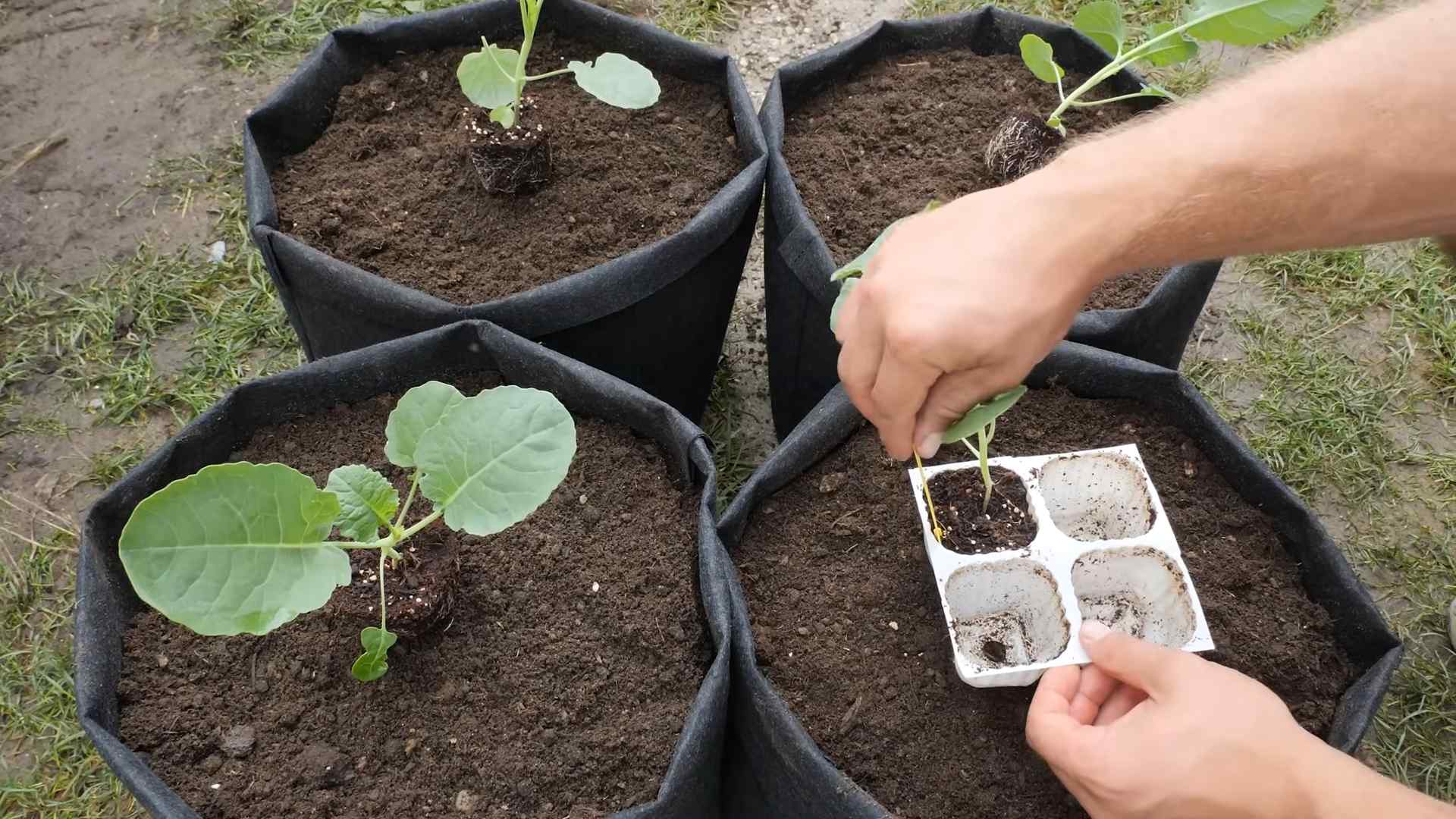
Conclusion
So there you have it – a complete guide to the surprisingly rewarding world of container broccoli gardening! This DIY trick isn’t just about saving space; it’s about maximizing yield, controlling growing conditions, and enjoying the freshest, most flavorful broccoli you’ve ever tasted. Container broccoli gardening offers unparalleled convenience and control, making it perfect for apartment dwellers, balcony gardeners, or anyone with limited space. You bypass many of the challenges associated with traditional garden plots, such as soil inconsistencies, pest infestations, and unpredictable weather. By carefully selecting the right container, soil, and variety of broccoli, you can cultivate healthy, thriving plants that produce abundant harvests throughout the growing season. The satisfaction of nurturing your broccoli plants from seed to plate is truly unmatched. This method allows you to extend your growing season, too, by bringing your containers indoors during colder months or providing extra protection from harsh weather. The ability to easily move your plants to optimize sunlight exposure is another significant advantage. Ultimately, container broccoli gardening empowers you to take control of your food source and enjoy the delicious rewards of your labor. Don’t just take our word for it – try it yourself!
We encourage you to experiment with different container sizes and shapes, soil mixes, and broccoli varieties to discover what works best for you and your environment. Perhaps you’ll find that a self-watering container is ideal for your lifestyle, or that a specific type of broccoli thrives in your climate. The possibilities are endless! Consider adding companion plants like marigolds or nasturtiums to deter pests and improve soil health. You can also explore different harvesting techniques to maximize your yield and ensure the best flavor and texture. Remember to regularly monitor your plants for signs of pests or diseases and address any issues promptly. With a little care and attention, you’ll be enjoying delicious, homegrown broccoli in no time. Share your container broccoli gardening journey with us! Post pictures of your thriving plants and delicious harvests on social media using #ContainerBroccoliGardening – we’d love to see your success! Let’s build a community of container gardeners and inspire others to embrace this rewarding and accessible method of growing their own food. This is more than just a gardening technique; it’s a pathway to fresh, healthy eating and a deeper connection with nature.
Frequently Asked Questions
What size container do I need for container broccoli gardening?
The ideal container size for broccoli depends on the variety you choose. Generally, you’ll want a container that’s at least 12-18 inches in diameter and 12-18 inches deep to accommodate the broccoli’s root system and allow for sufficient growth. Larger containers are always better, especially for larger broccoli varieties. Ensure the container has adequate drainage holes to prevent root rot.
What type of soil is best for growing broccoli in containers?
Broccoli thrives in well-draining, fertile soil that’s rich in organic matter. A good quality potting mix specifically designed for vegetables is a great option. You can also amend your potting mix with compost or other organic materials to improve its drainage and nutrient content. Avoid using garden soil directly in containers, as it can be too heavy and compact, leading to poor drainage and root problems.
How much sunlight does broccoli need?
Broccoli requires at least 6-8 hours of direct sunlight per day to grow properly. Choose a location that receives ample sunlight, or supplement with grow lights if necessary, especially during shorter days in the fall or winter. Insufficient sunlight can lead to poor growth and reduced yields.
When is the best time to plant broccoli in containers?
The best time to plant broccoli depends on your climate. In cooler climates, you can start seeds indoors 6-8 weeks before the last expected frost and transplant seedlings outdoors once the danger of frost has passed. In warmer climates, you can direct sow seeds outdoors in the fall or early spring. Broccoli prefers cooler temperatures, so avoid planting during the hottest months of summer.
How often should I water my container broccoli?
Water your container broccoli regularly, keeping the soil consistently moist but not waterlogged. The frequency of watering will depend on factors such as weather conditions, container size, and soil type. Check the soil moisture regularly by sticking your finger a couple of inches into the soil. Water thoroughly when the top inch or two of soil feels dry. Avoid letting the soil completely dry out, as this can stress the plants and reduce yields.
What are some common pests and diseases that affect container broccoli?
Common pests that can affect container broccoli include aphids, cabbage worms, and slugs. Diseases such as downy mildew and black rot can also be problematic. Regularly inspect your plants for signs of pests or diseases and take appropriate action, such as using insecticidal soap or neem oil for pests, or removing affected leaves for diseases. Good sanitation practices, such as removing plant debris and ensuring proper spacing between plants, can help prevent pest and disease problems.
Can I save seeds from my container broccoli to plant next year?
While you can technically save seeds from your container broccoli, it’s generally not recommended for hybrid varieties, as the resulting plants may not exhibit the same desirable traits as the parent plant. If you’re using open-pollinated varieties, you can save seeds by allowing the seed pods to fully mature on the plant before harvesting and drying them properly. However, it’s often easier and more reliable to purchase fresh seeds each year.
What are some tips for harvesting container broccoli?
Harvest broccoli when the heads are firm and tightly closed, but before they start to flower. Use a sharp knife or scissors to cut the heads, leaving a small portion of the stem attached. You can also harvest smaller side shoots as they develop for a continuous harvest. Proper harvesting techniques will encourage the plant to produce more heads throughout the growing season. Remember to handle your broccoli gently to avoid damaging the plants.


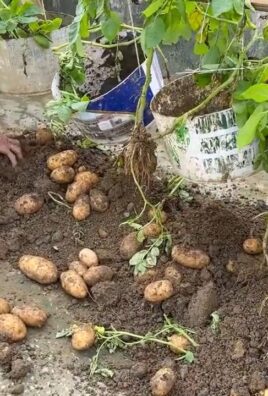
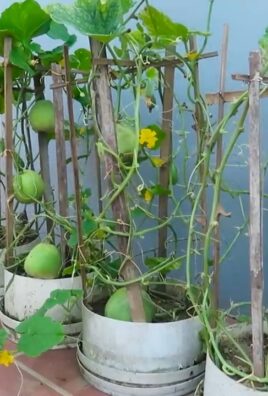
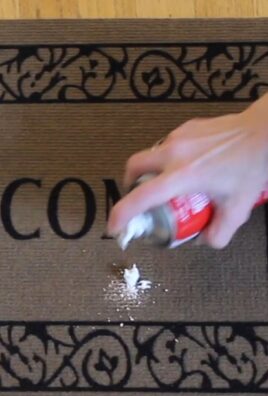
Leave a Comment